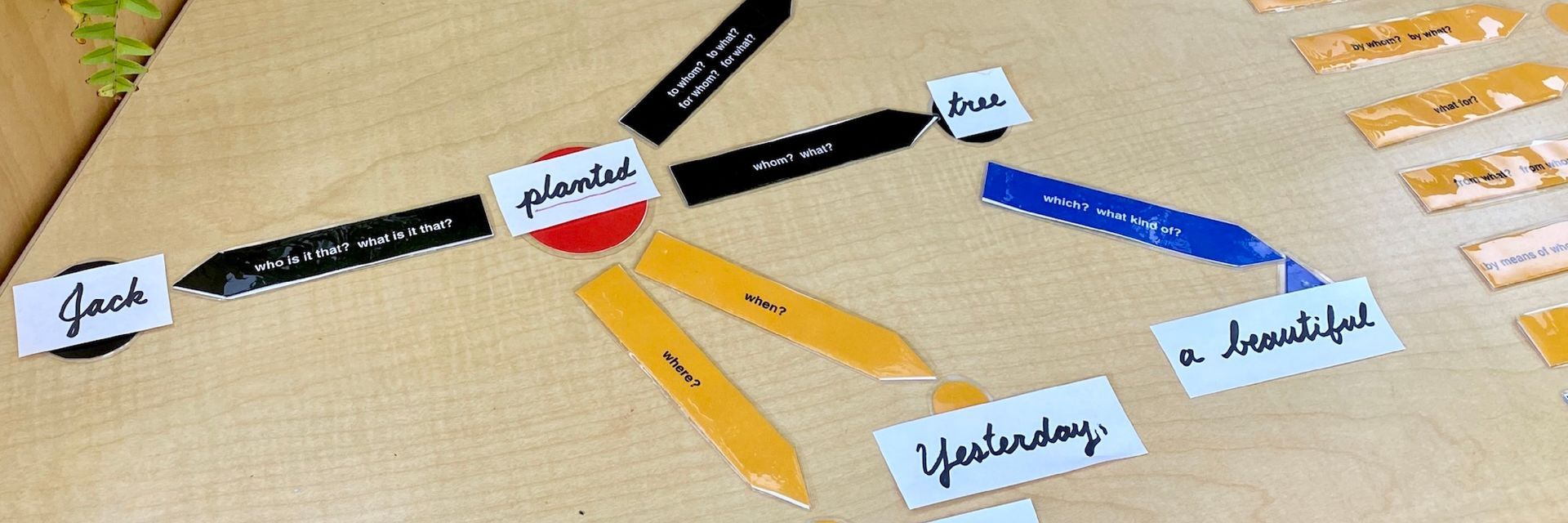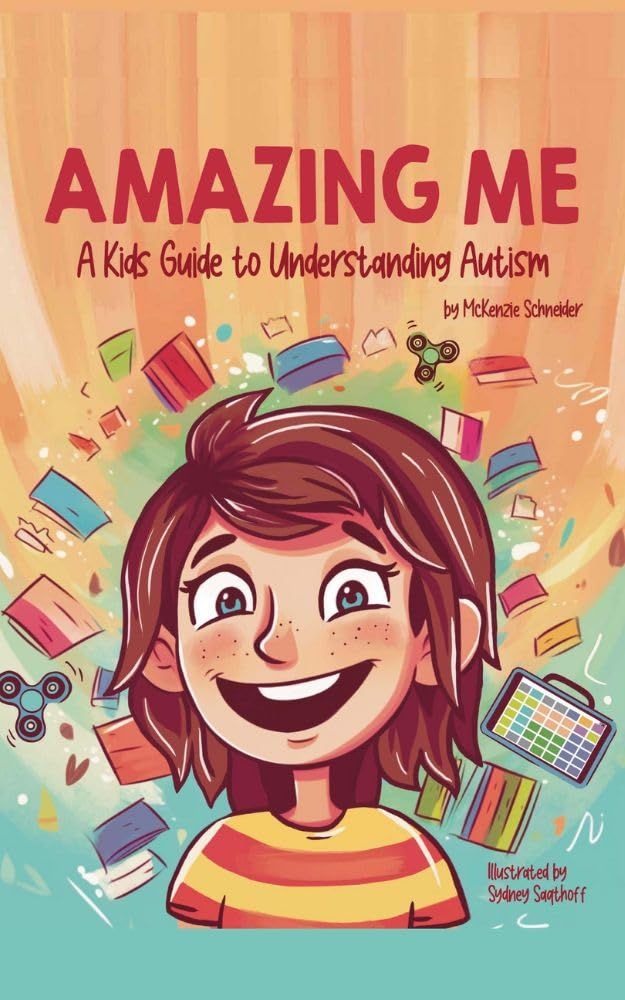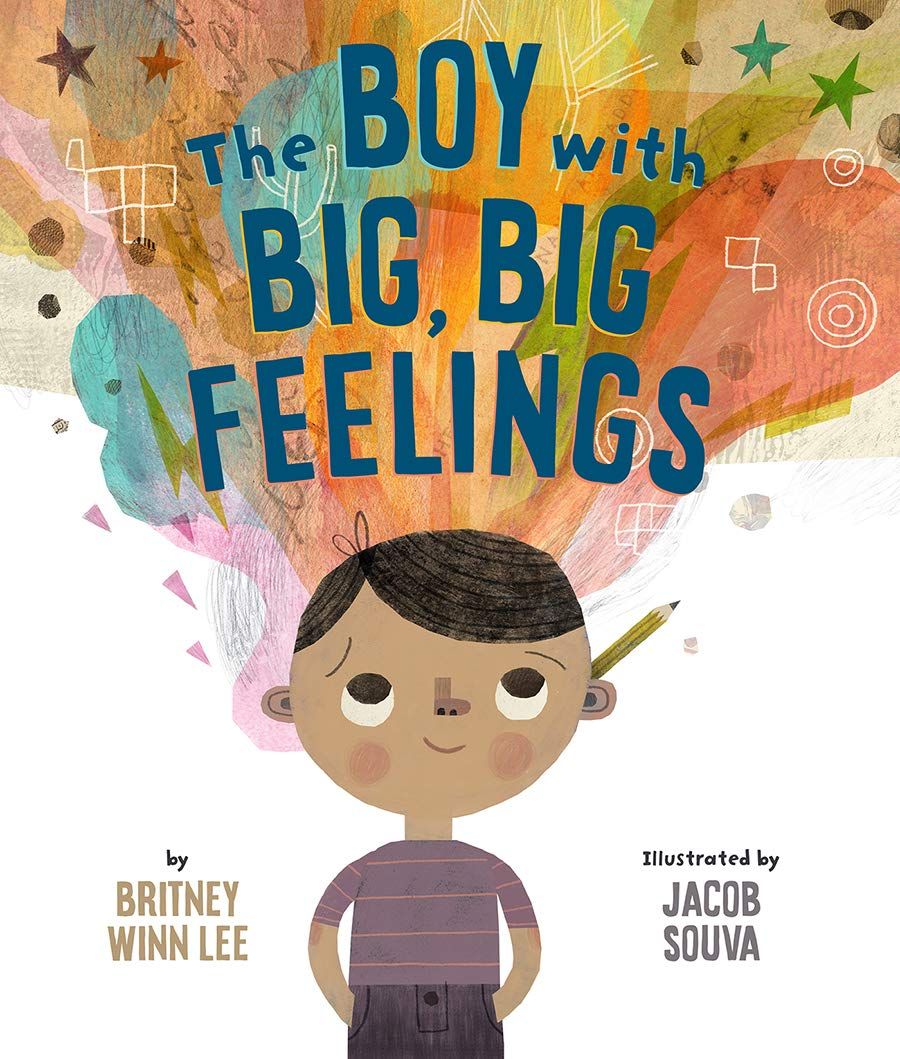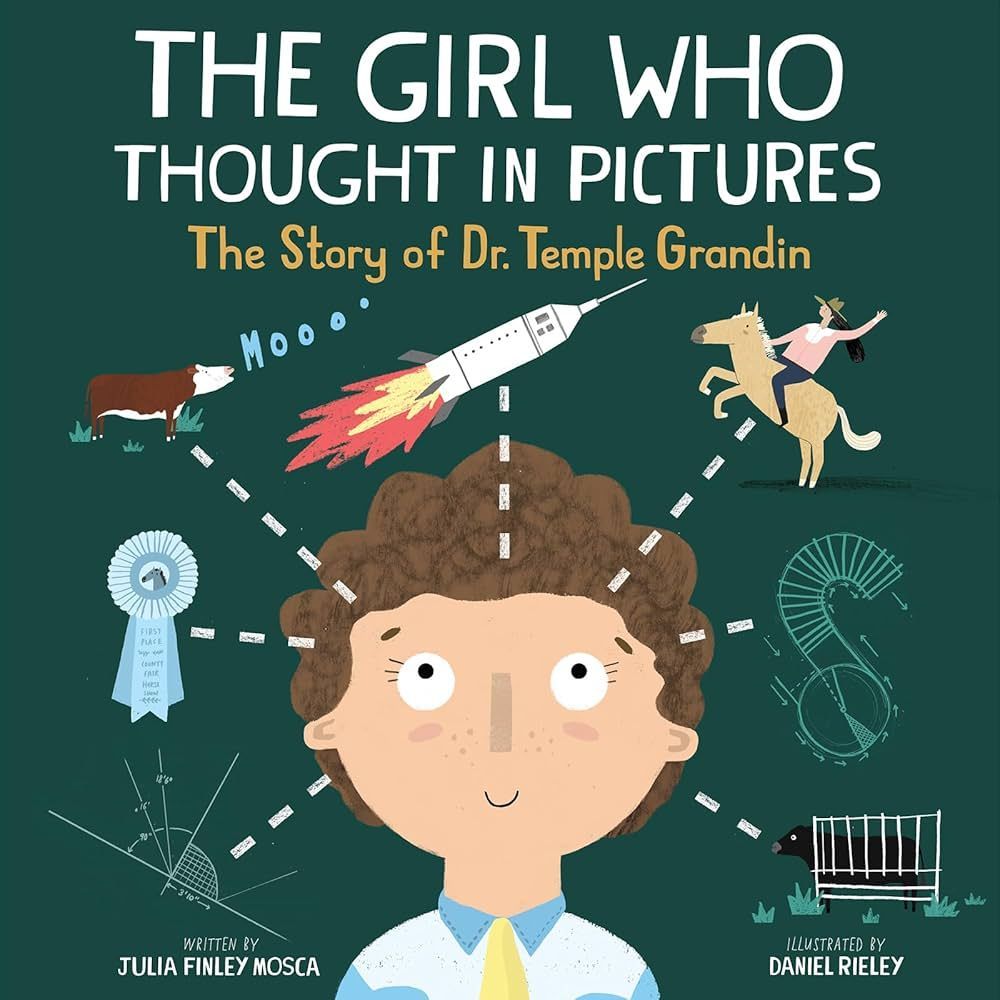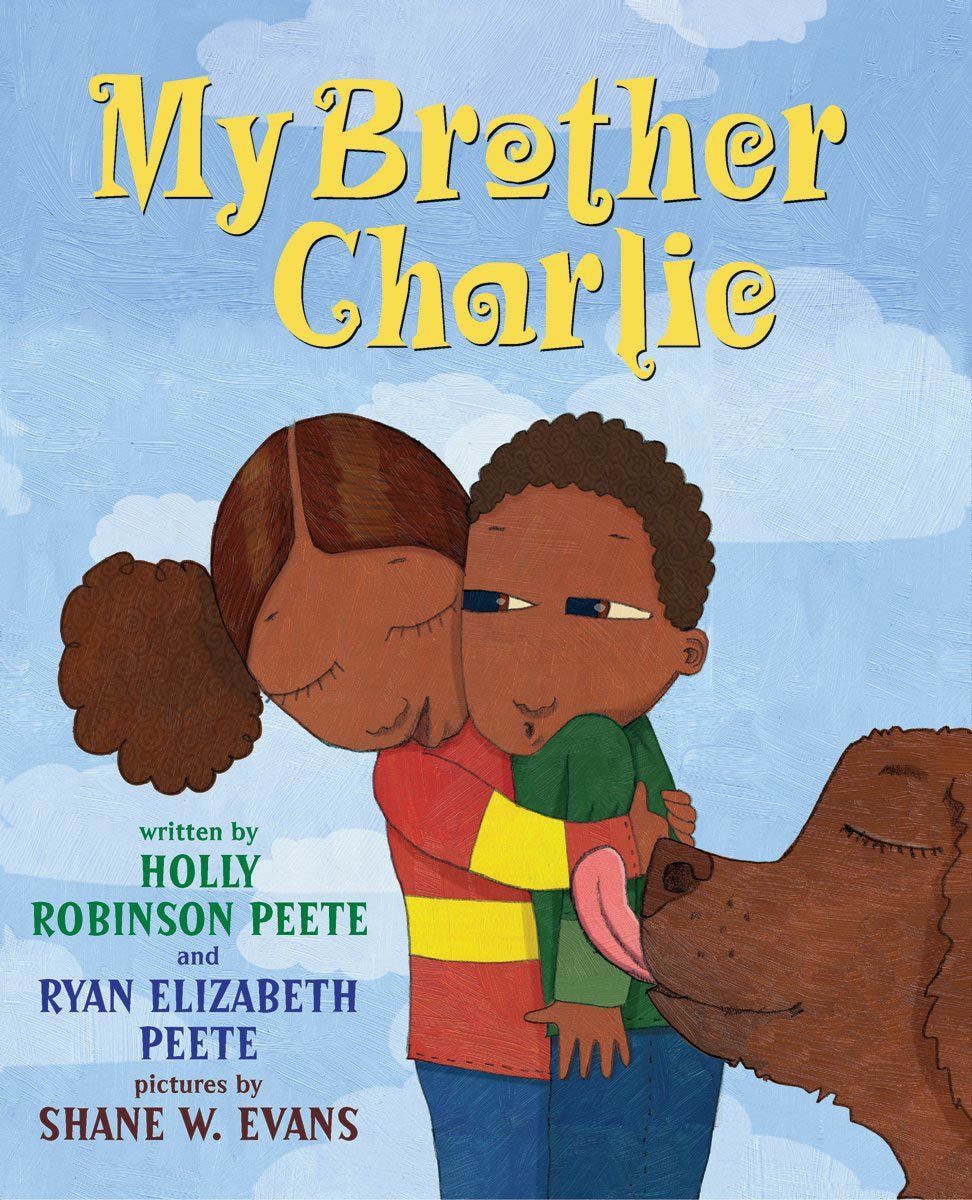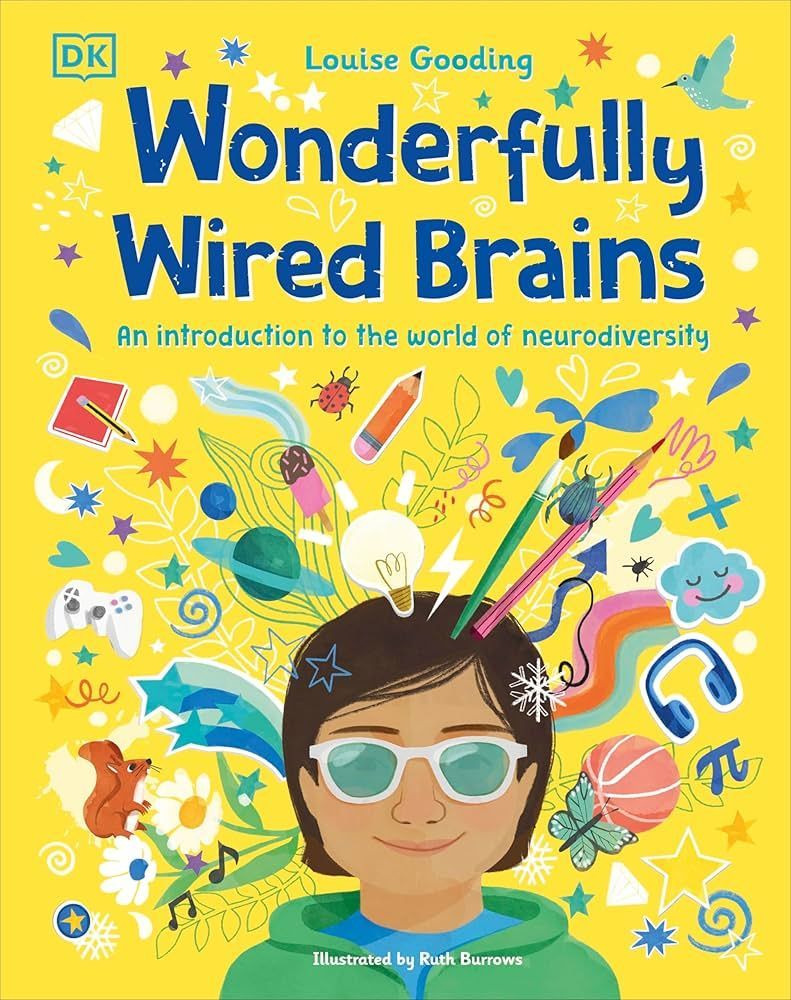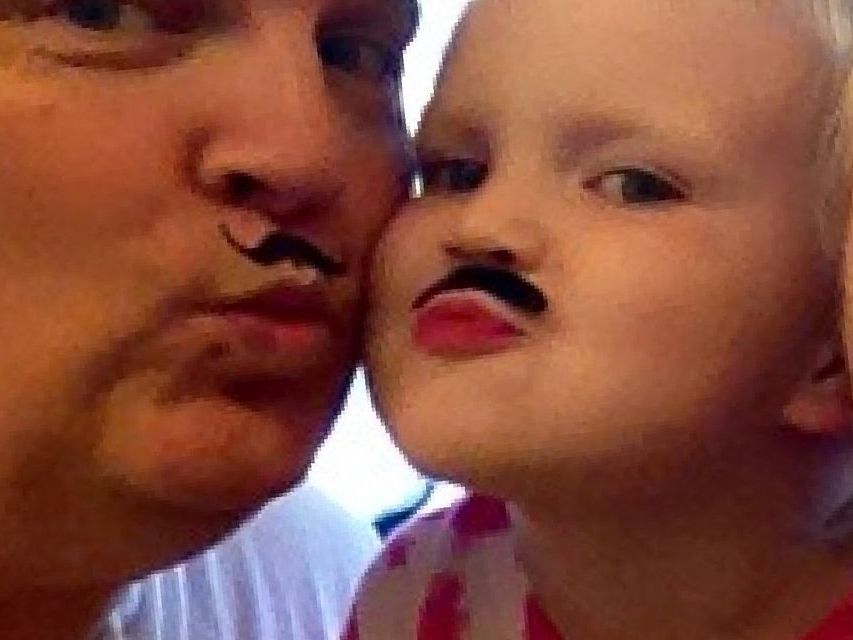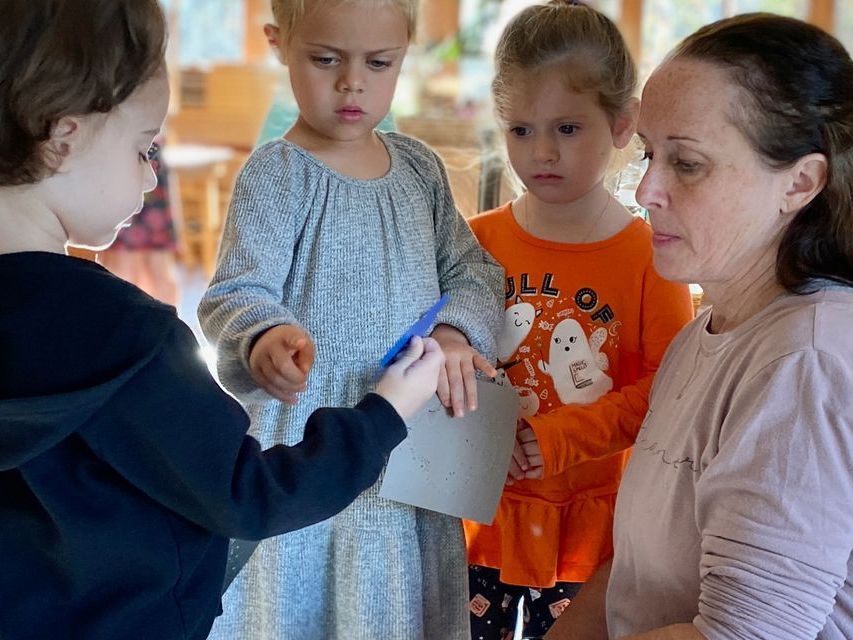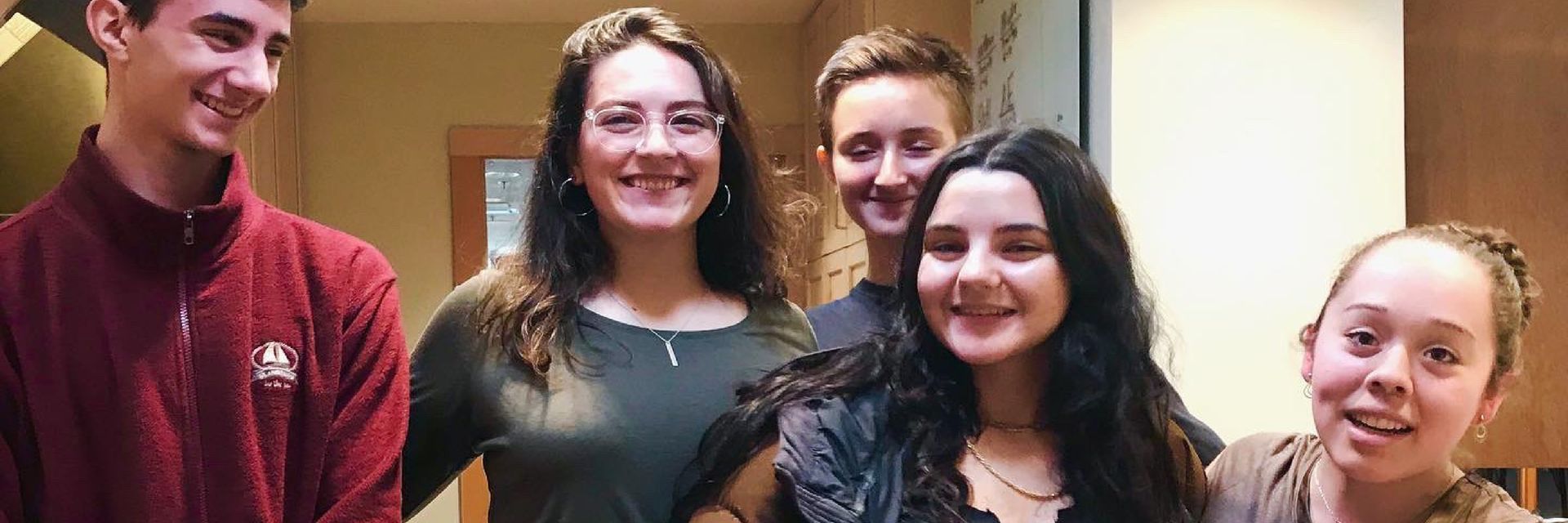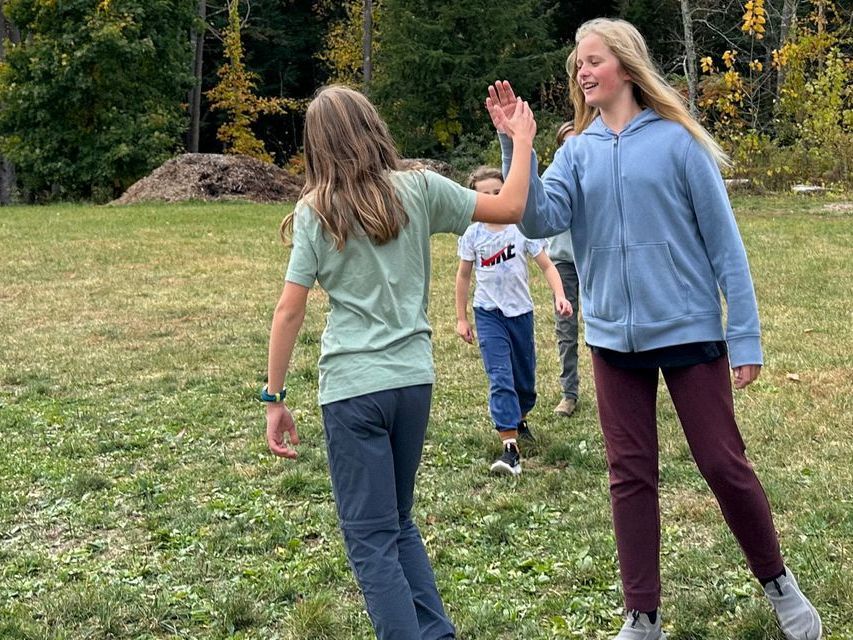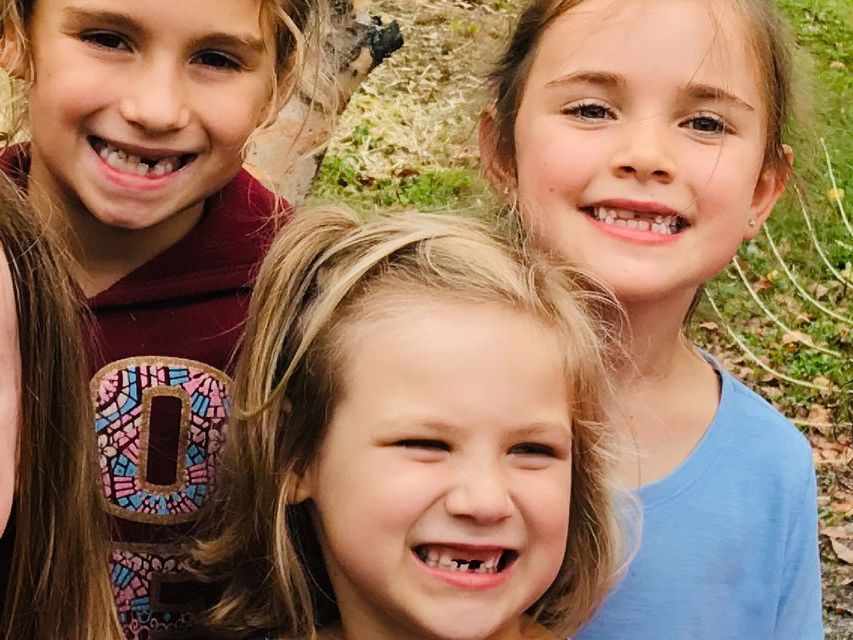Our Montessori Bookshelf: Autism Awareness
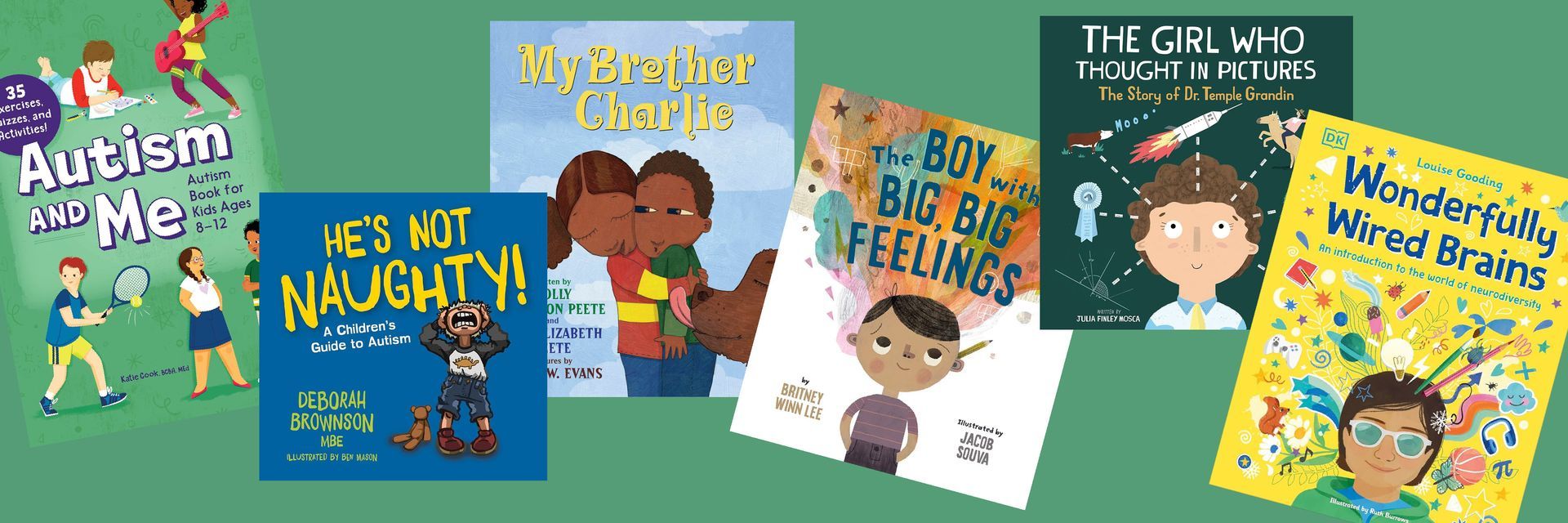
We are committed to building communities based on understanding, acceptance, and support. So, in honor of Autism Awareness Month, which is observed every April, we are sharing some of our favorite books with themes of understanding autism and appreciating neurodiversity.
We hope that in exploring these books together, you and your children can help dispel myths and misconceptions about autism, foster a more inclusive society, and recognize the unique strengths that neurodiverse individuals can offer.
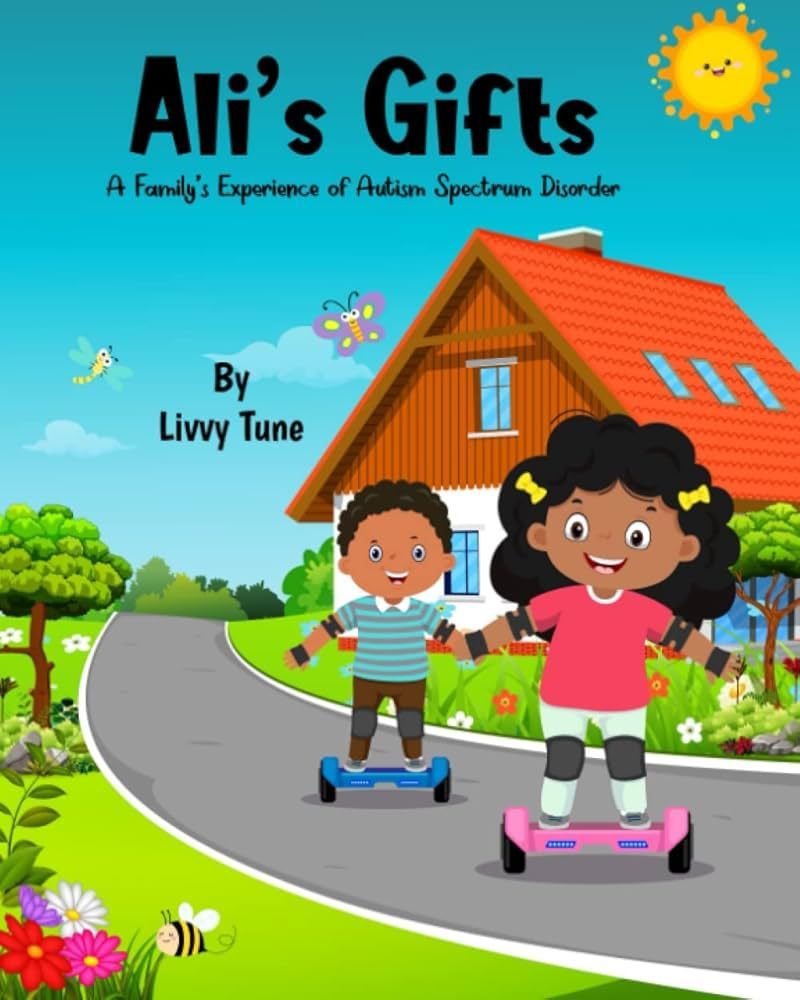
Ali's Gifts: A Family's Experience of Autism Spectrum Disorder
By Livvy Tune
Told from an older sister’s perspective, this story highlights the importance of a family focusing on how to understand a child’s experience of autism (rather than worrying about what other people think). The book provides a lovely journey from the initial upset of people asking, “What’s wrong with your brother?” to celebrating uniqueness.
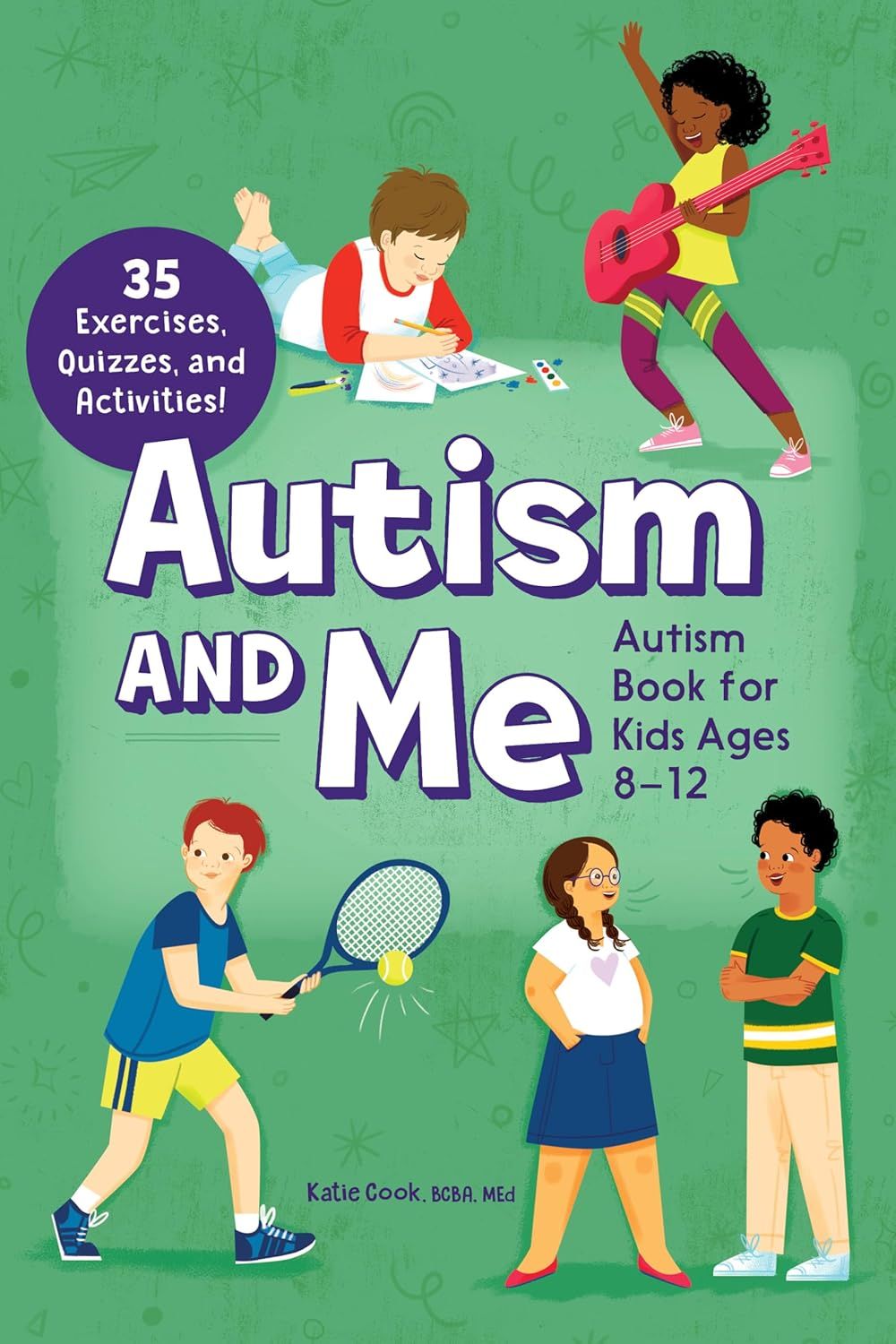
Autism and Me: An Empowering Guide with 35 Exercises, Quizzes, and Activities!
By Katie Cook
When older children are ready to learn more about autism (either as someone who has autism or as someone who wants to be supportive), this is a great go-to guide. Full of real-life examples, interactive activities, and easily digestible information, this is a must-have positive and empowering resource. The book is mostly text, with a few illustrations and decorative elements woven in.
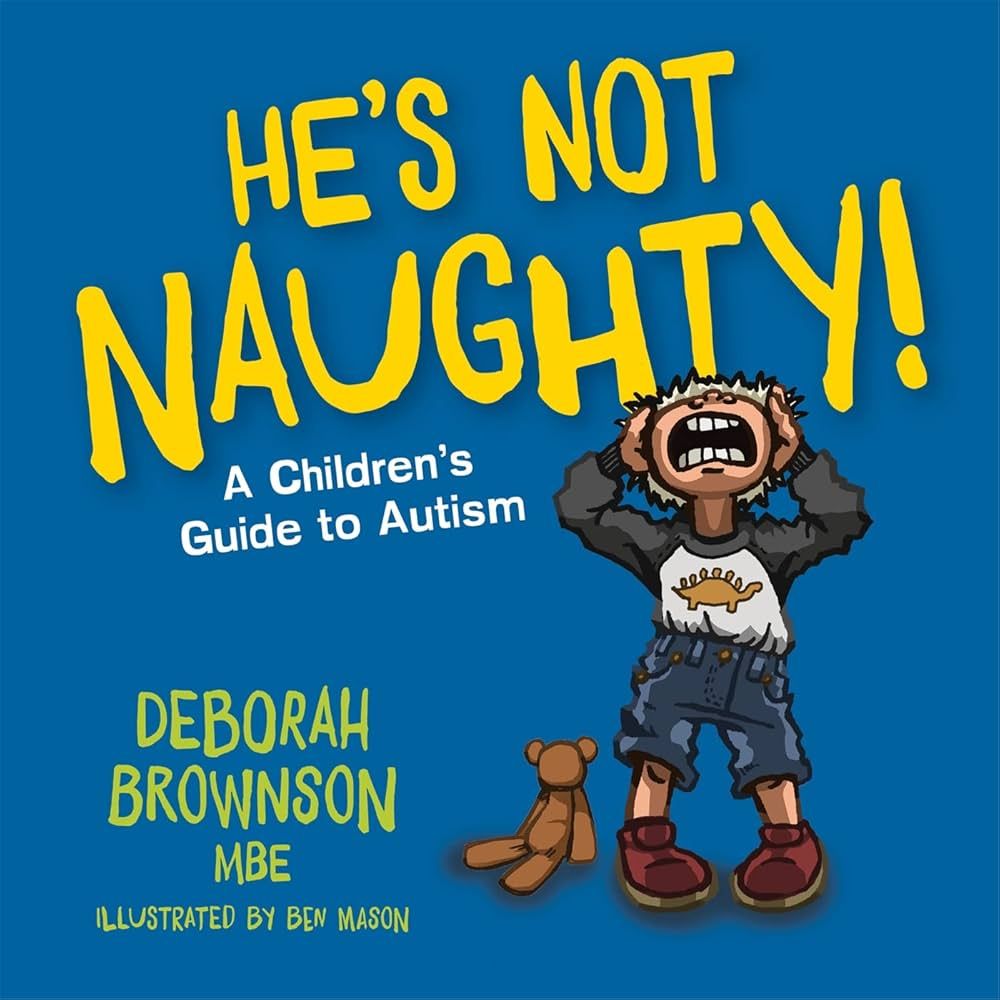
He’s Not Naughty! A Children’s Guide to Autism
By Deborah Brownson, Illustrated by Ben Mason
This is a good resource for elementary-aged children who want to better understand autism. The pages are filled with text that feels handwritten and bold images that help make the point. Although the book feels like a stream of conscious sharing about autism, it actually starts with a table of contents, which can be helpful for referencing particular aspects of ASD (like making friends, smells, or routines). At first glance, the book feels overwhelming, but it can serve as a helpful reference for children with autism and their friends and family.
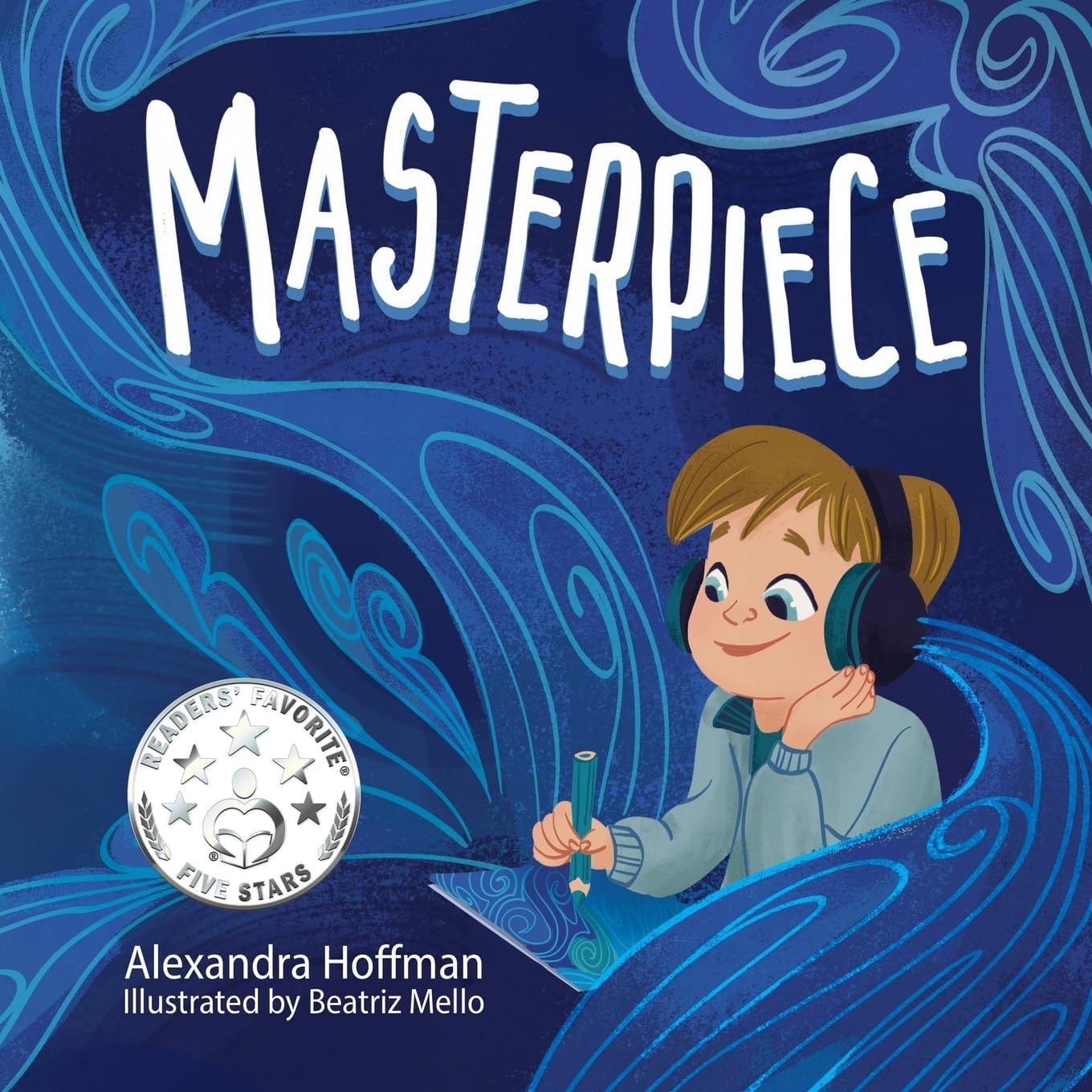
Masterpiece
By Alexandra Hoffman, Illustrated by Beatriz Mello
Samuel, the main character, is obsessed with blue and creates a picture with all the shades of blue for a class project. The gift of this book isn’t necessarily the storyline or illustrations, though. Rather it masterfully tells a simple story that normalizes being a person with autism. From arm flapping, to wearing headphones, to needing the teacher to quietly connect about expectations, Samuel’s uniqueness is just gently woven into what the reader experiences.
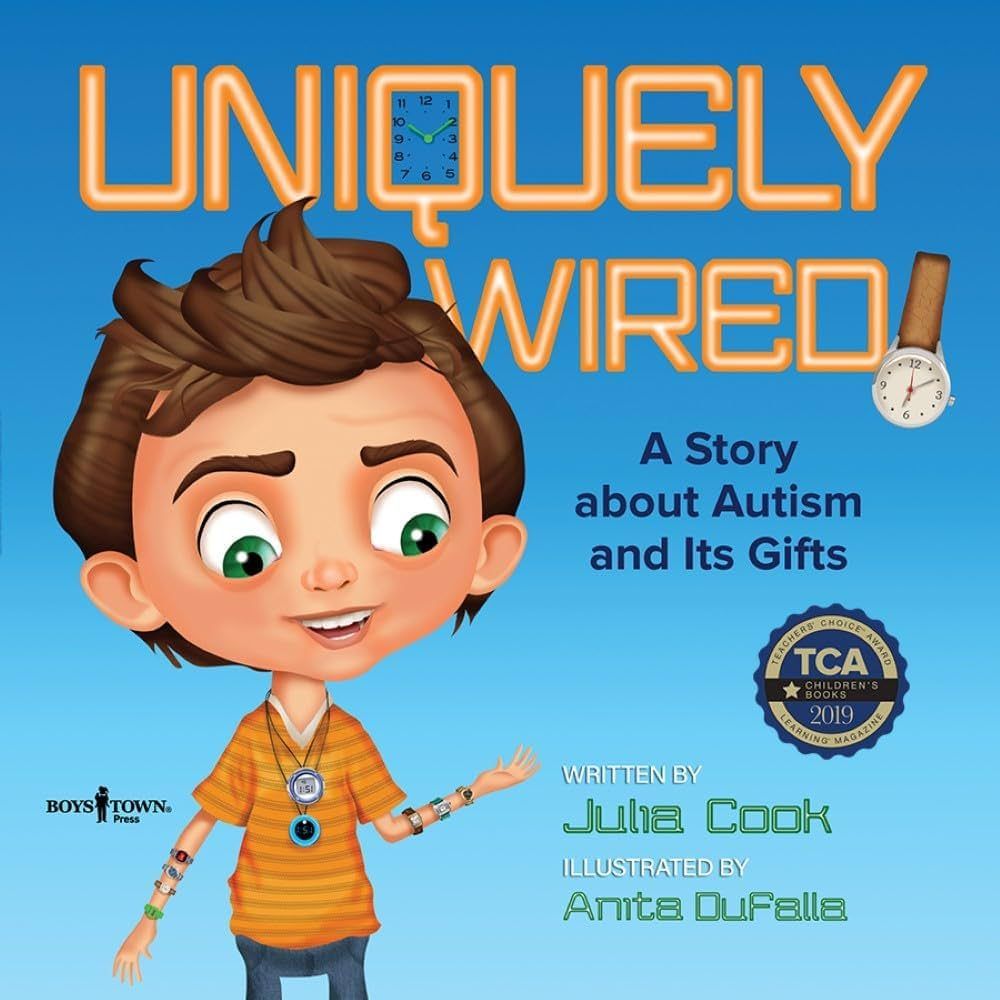
Uniquely Wired: A Story about Autism and Its Gifts
By Julia Cook, Illustrated by Anita DuFalla
Although slightly visually busy, this picture book really conveys the experience of living with autism. A young boy shares his unique perspective on the world and gives easily digestible explanations for behaviors that can seem off-putting at times.
We hope you enjoy these books as much as we have! Here is a printable copy of the list of books. We also would love to have you come to the school for a tour. Contact us to set up a visit!
